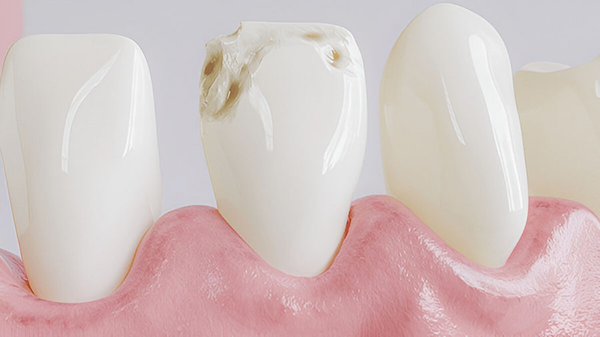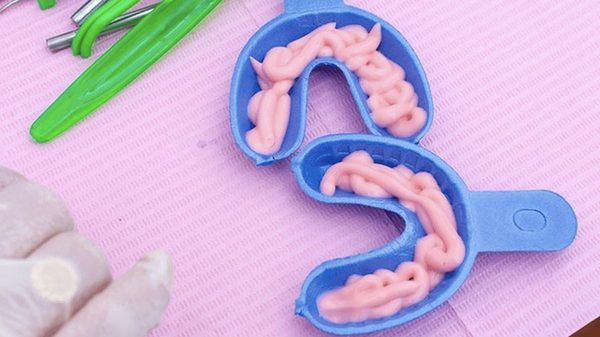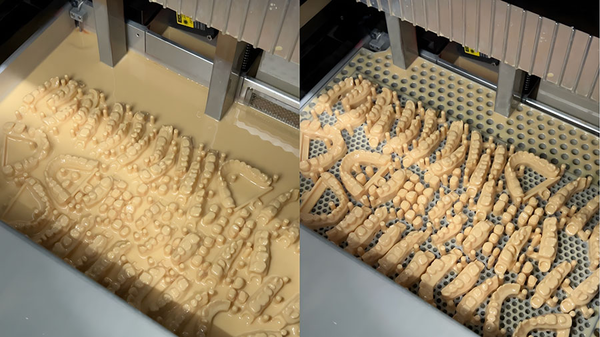Polymer-based frameworks have revolutionized modern dentistry by offering metal-free alternatives that combine biocompatibility, aesthetics, and reduced weight. Over the past two decades, these frameworks have emerged as viable solutions for both fixed and removable dental prosthetics, addressing challenges posed by traditional metal frameworks.
Table of contents [Show]
- Overview of Polymer Frameworks in Dentistry
- Main Types of Polymer Framework Materials
- Clinical Applications
- Advantages of Polymer Frameworks
- Challenges and Limitations
- Surface Modifications and Bonding
- Future Directions
- Clinical Performance Evidence
- Conclusion
- Why XDENT LAB Is Your Trusted Partner for Polymer Frameworks
Polymer-based frameworks have revolutionized modern dentistry by offering metal-free alternatives that combine biocompatibility, aesthetics, and reduced weight. Over the past two decades, these frameworks have emerged as viable solutions for both fixed and removable dental prosthetics, addressing challenges posed by traditional metal frameworks. This article provides an in-depth exploration of polymer-based frameworks, including their types, clinical applications, advantages, limitations, and future directions.
Overview of Polymer Frameworks in Dentistry
Polymer-based frameworks are lightweight, versatile, and aesthetic materials that have gained popularity as alternatives to metal frameworks in dental prosthetics. These frameworks are particularly valued for their ability to mimic natural tooth structures, hypoallergenic properties, and compatibility with modern digital workflows.
Key Features of Polymer Frameworks
Metal-Free: Eliminates issues like metallic taste and galvanic reactions.
Biocompatibility: Safe for oral tissues and suitable for sensitive patients.
Aesthetic Appeal: Tooth-colored options for natural-looking restorations.
Reduced Weight: Enhances patient comfort, especially for removable prosthetics.
The clinical performance of polymer frameworks continues to be a focus of research, with advancements in material science driving their adoption in dental practices worldwide.
Main Types of Polymer Framework Materials
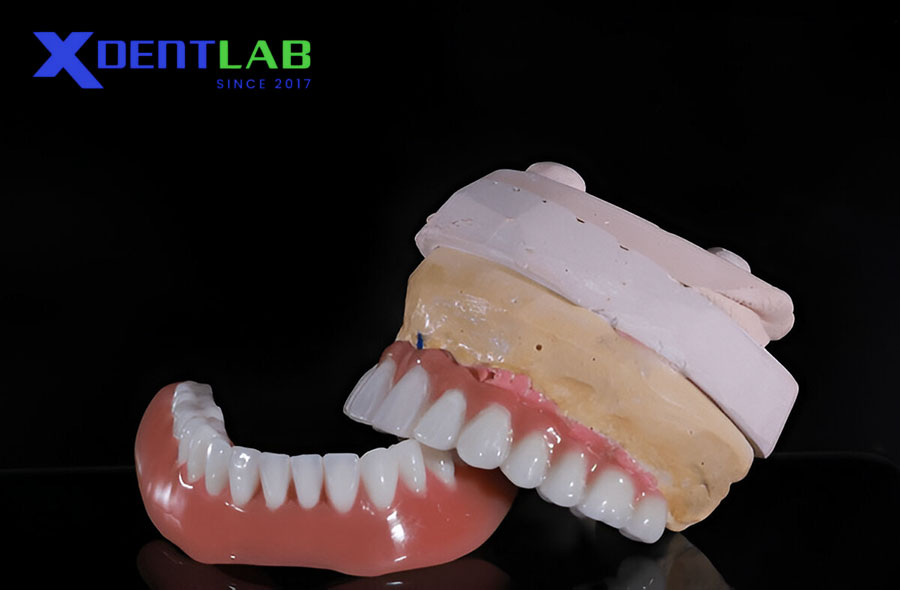
Polyetheretherketone (PEEK)
PEEK is a high-performance thermoplastic polymer from the polyaryletherketone (PAEK) family. It is widely recognized for its mechanical properties, including:
Elastic Modulus Similar to Bone: Reduces stress on supporting tissues.
Metal-Free Fixed Restorations: Ideal for crowns and bridges.
Removable Prosthetics: Lightweight and biocompatible alternative to metal frameworks.
PEEK’s versatility makes it a promising material for both fixed and removable dental prostheses.
Polyetherketoneketone (PEKK)
PEKK, another member of the PAEK family, offers enhanced mechanical strength and durability compared to PEEK. It is particularly suitable for applications requiring:
Improved Load-Bearing Capacity: Fixed and removable prosthetics.
Shock Absorption: Implant-supported overdentures and frameworks.
Enhanced Aesthetic Properties: Tooth-colored restorations.
PEKK addresses some limitations of PEEK and expands the scope of polymer-based frameworks in dentistry.
Polymethyl Methacrylate (PMMA)
PMMA is a traditional polymer material commonly used in denture bases and temporary restorations. While it lacks the mechanical strength of PEEK and PEKK, PMMA remains relevant due to:
Affordable Cost: Widely accessible for dental practices.
Ease of Processing: Suitable for chairside adjustments.
Combination with Newer Polymers: Enhances mechanical and aesthetic properties.
PMMA’s role in polymer frameworks continues to evolve as bonding techniques improve.
Polyoxymethylene (POM)
POM is a lesser-known polymer framework material with unique advantages:
High Wear Resistance: Suitable for specific dental applications.
Color Stability: Maintains aesthetic appearance under various conditions.
Specialized Applications: Orthodontic appliances and removable prosthetics.
While less common than PEEK and PMMA, POM offers distinct benefits in niche applications.
Clinical Applications
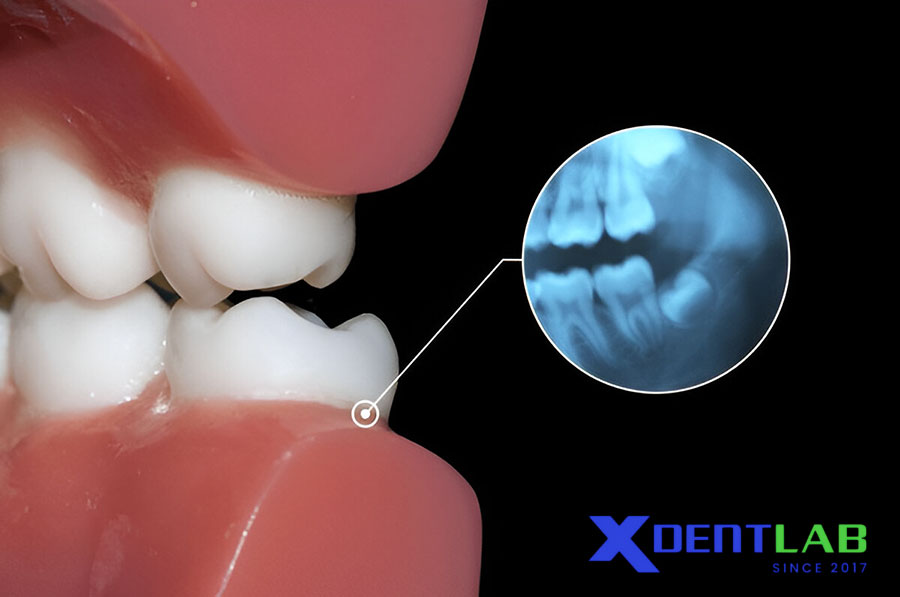
Fixed Prosthetics
Polymer frameworks are increasingly used in fixed prosthetics for their aesthetic and functional benefits:
Crowns and Bridges: PEEK crowns provide metal-free alternatives with natural appearance.
Implant Abutments: Polymer frameworks reduce stress on implants while ensuring biocompatibility.
Framework Structures: Serve as durable support for ceramic veneering materials.
Removable Prosthetics
Removable dental prosthetics benefit significantly from polymer frameworks due to their lightweight and patient-friendly properties:
Partial Denture Frameworks: PEEK clasps offer aesthetic alternatives to metal.
Complete Denture Bases: Enhanced comfort and reduced weight improve patient satisfaction.
Implant-Supported Overdentures: Shock-absorbing properties protect implants and supporting tissues.
Specialized Applications
Polymer-based frameworks also find use in specialized dental applications:
Orthodontic Appliances: Aesthetic and lightweight options for braces and retainers.
Temporary Restorations: Easily adjustable and repairable chairside.
Maxillofacial Prosthetics: Lightweight solutions for large defects, improving patient comfort.
Advantages of Polymer Frameworks
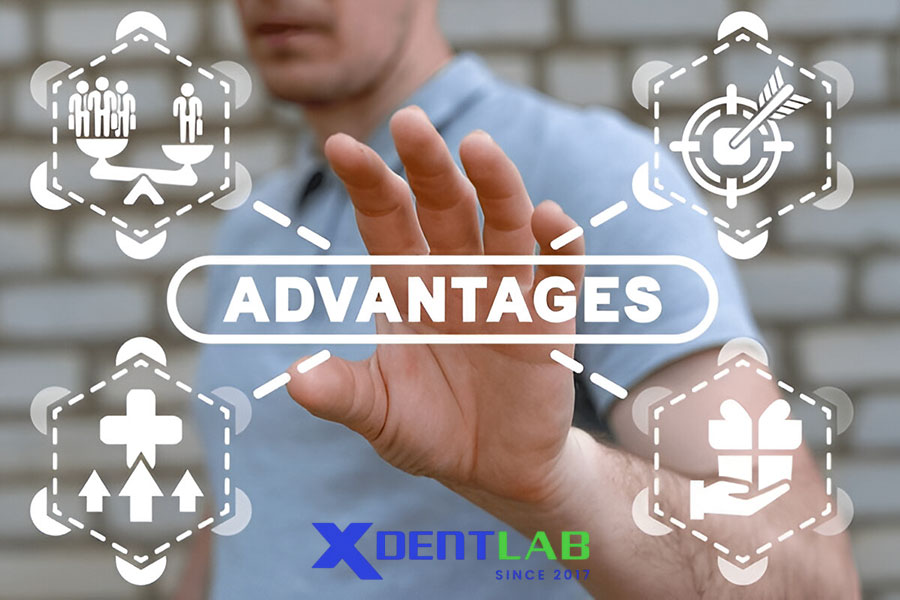
Mechanical Properties
Elastic Modulus Similar to Bone: Reduces stress on supporting tissues.
Fatigue Resistance: Withstands cyclic loading in clinical conditions.
Wear Resistance: Ensures longevity in high-stress applications.
Shock Absorption: Protects implants and surrounding tissues.
Biological Advantages
Biocompatibility: Safe for oral tissues, with no adverse reactions.
Hypoallergenic: Suitable for patients with metal sensitivities.
Reduced Plaque Accumulation: Compared to some metals.
Clinical Benefits
Lightweight Construction: Improves patient comfort, especially for removable prosthetics.
Metal-Free Aesthetic: Enhances the natural appearance of restorations.
Ease of Adjustment: Simplifies repair and modification processes.
Digital Compatibility: Suitable for CAD/CAM workflows and 3D printing.
Challenges and Limitations
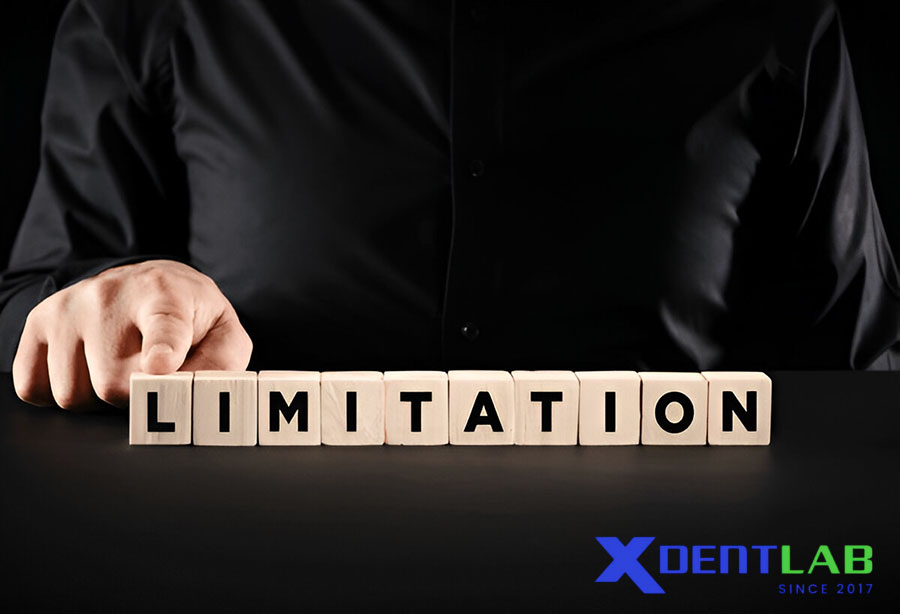
Material Challenges
Processing Complexity: Requires specialized equipment and techniques.
Long-Term Data: Limited clinical evidence for newer polymers.
Dimensional Stability: Potential water absorption issues.
Color Stability: Concerns with certain polymer types.
Technical Considerations
Bonding Protocols: Requires optimization for veneering materials.
Surface Treatment: Different requirements compared to metals.
Learning Curve: Technicians must adapt to new materials and techniques.
Surface Modifications and Bonding
Surface Treatment Methods
To enhance bonding and mechanical retention, various surface treatments are applied:
Mechanical: Sandblasting with aluminum oxide particles.
Chemical: Acid etching or primer application.
Physical: Plasma treatment for improved bonding.
Combined: Multiple treatments for optimal results.
Bonding to Other Materials
PMMA Bonding: Requires specialized adhesives for polymer frameworks.
Polymer-Ceramic Bonds: Silane coupling agents enhance adhesion.
Surface Roughness: Critical for mechanical retention and long-term performance.
Future Directions

Research Areas
New Polymer Compositions: Enhanced mechanical and aesthetic properties.
Long-Term Clinical Studies: Evaluating durability and performance.
CAD/CAM Optimization: Improving digital workflows for polymer frameworks.
Aging Resistance: Developing polymers resistant to oral environment degradation.
Emerging Technologies
3D Printing: Customization of polymer frameworks for individual patients.
Fiber-Reinforced Composites: Added strength for demanding applications.
Smart Polymers: Antimicrobial properties for improved oral hygiene.
Hybrid Materials: Combining polymers with ceramics for enhanced performance.
Clinical Performance Evidence
Systematic Review Findings
Survival Rates: Comparable to traditional materials in selected applications.
Patient Satisfaction: High acceptance of polymer-based prosthetics.
Maintenance: Regular professional care ensures longevity.
Maintenance Considerations
Cleaning Protocols: Specific procedures required for polymer frameworks.
Repair Techniques: Differ from metal frameworks but are easily manageable.
Conclusion
Polymer-based frameworks represent a significant advancement in dental materials science, offering metal-free alternatives that address many limitations of traditional materials. With their superior mechanical properties, biocompatibility, and aesthetic appeal, polymer frameworks provide new opportunities for functional and aesthetic dental rehabilitation.
Partner with XDENT LAB to access expertly crafted polymer-based restorations that meet the highest standards of quality and performance. Contact us today to learn how we can elevate your dental practice with cutting-edge solutions.
Why XDENT LAB Is Your Trusted Partner for Polymer Frameworks
At XDENT LAB, we specialize in crafting high-quality polymer-based dental restorations tailored to the needs of dental practices worldwide. Our FDA-approved and ISO-certified facilities ensure consistent quality and compliance, making us the trusted partner for dental labs seeking reliable outsourcing solutions.
What Sets XDENT LAB Apart?
Global Expertise: Serving dental practices across the U.S. and beyond.
Lab-to-Lab Solutions: Seamless outsourcing for predictable results.
Advanced Technology: Precision manufacturing techniques for optimal restorations.
Compliance Assurance: FDA and ISO certifications guarantee quality and consistency.
XDENT LAB is an expert in Lab-to-Lab Full Service from Vietnam, with the signature services of Removable & Implant, meeting U.S. market standards – approved by FDA & ISO. Founded in 2017, XDENT LAB has grown from local root to global reach, scaling with 2 factories and over 100 employees.. Our state-of-the-art technology, certified technicians, and commitment to compliance make us the trusted choice for dental practices looking to ensure quality and consistency in their products.
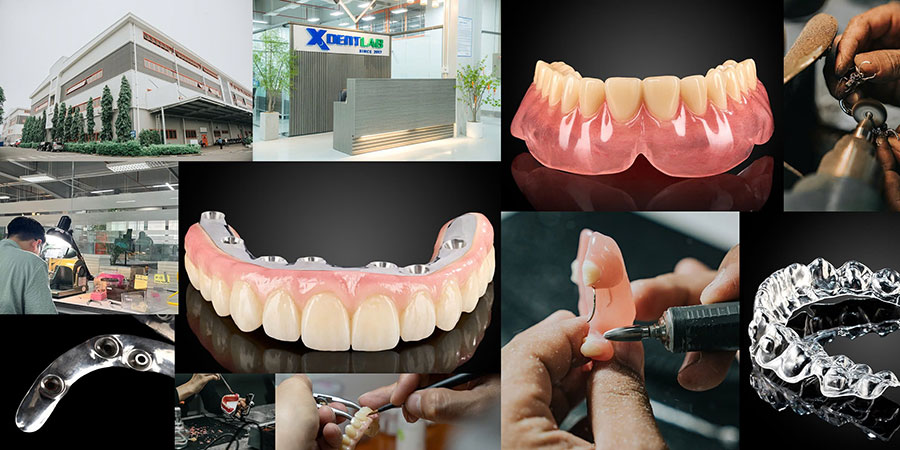
Our commitments are:
100% FDA-Approved Materials.
Large-Scale Manufacturing, high volume, remake rate < 1%.
2~3 days in lab (*digital file).
Your cost savings 30%.
Uninterrupted Manufacturing 365 days a year.
Contact us today to establish a strategy to reduce operating costs.
--------❃--------
Vietnam Dental Laboratory - XDENT LAB
🏢 Factory 1: 95/6 Tran Van Kieu Street, Binh Phu Ward, Ho Chi Minh City, Vietnam
🏢 Factory 2: Kizuna 3 Industrial Park, Can Giuoc Commune, Tay Ninh Province, Vietnam
☎ Hotline: 0919 796 718 📰 Get detailed pricing
Share this post:

